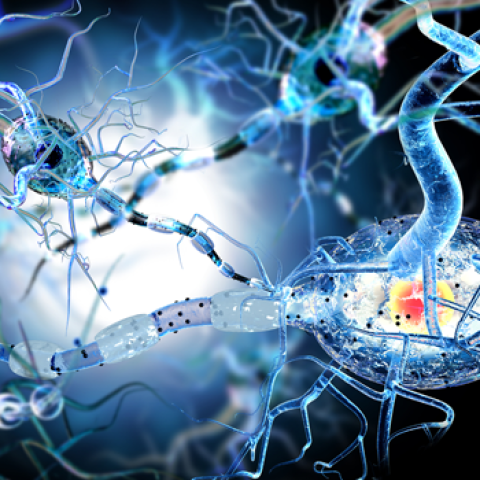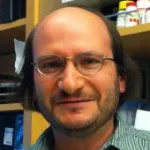Interdisciplinary Initiatives Program Round 9 - 2018
Brad Zuchero, Neurosurgery
Michael Bassik, Genetics
Similar to how electrical wires are coated in insulation, neuronal axons in the nervous system are coated in an insulating sheath, called myelin. Myelin is required in all vertebrates for rapid nerve signaling, and loss of myelin in demyelinating diseases like multiple sclerosis causes severe disability in patients. How myelin forms during development of the nervous system is a fundamental unsolved problem in neurobiology. In the brain and spinal cord, myelin is formed by oligodendrocytes (OLs), non-neuronal cells that extend long cellular processes that wrap around axons. This wrapping is critical to the formation of myelin, but the underlying cellular mechanisms of wrapping are still mostly unknown. To date, this problem has been addressed by studying one gene at a time to identify molecules required for myelination. Given that there are more than 20,000 genes in both the mouse and human genomes, this traditional approach would take a very long time to yield a comprehensive model of how myelin forms. Instead, we will make use of full-genome CRISPR/Cas screening approaches recently developed in the Bassik lab that allow us to interrogate the entire genome at the same time, enabling the rapid discovery of genes required to build the myelin sheath. Combining this powerful new method with the expertise of the Zuchero lab in myelin cell biology uniquely positions our team to reveal fundamental insight into how OLs form myelin. Ultimately we aim to build the “textbook model” of how myelin wraps in development, and uncover novel genes and signaling pathways that may serve as therapeutic targets for promoting regeneration of lost myelin in patients with demyelinating disease.



